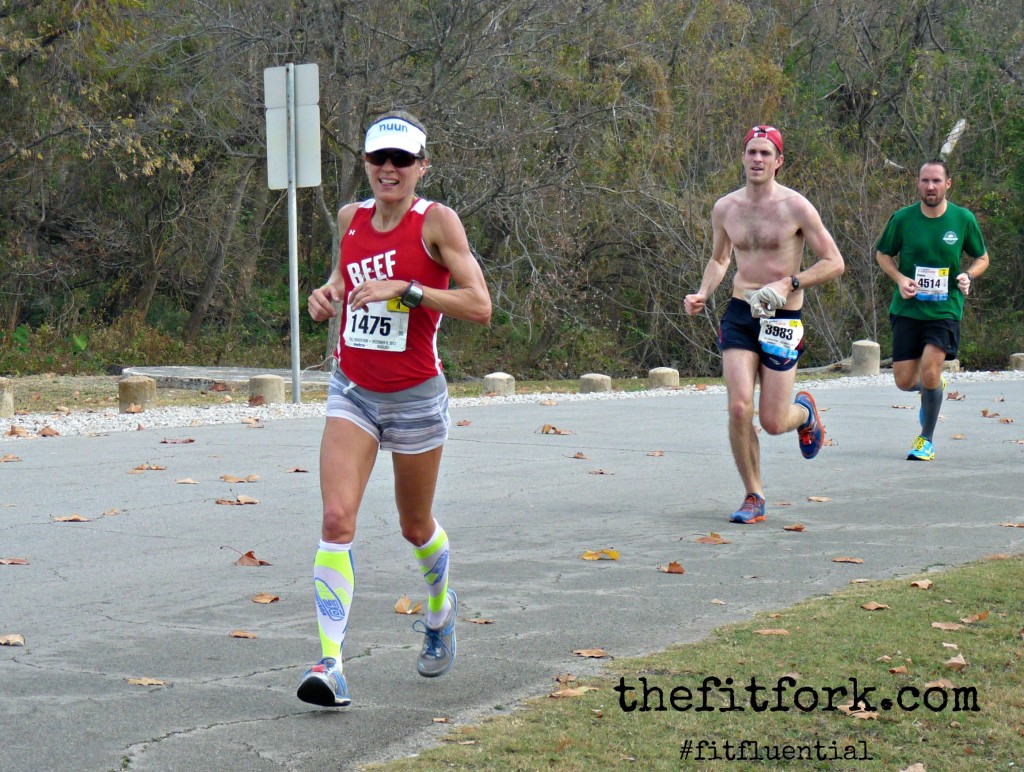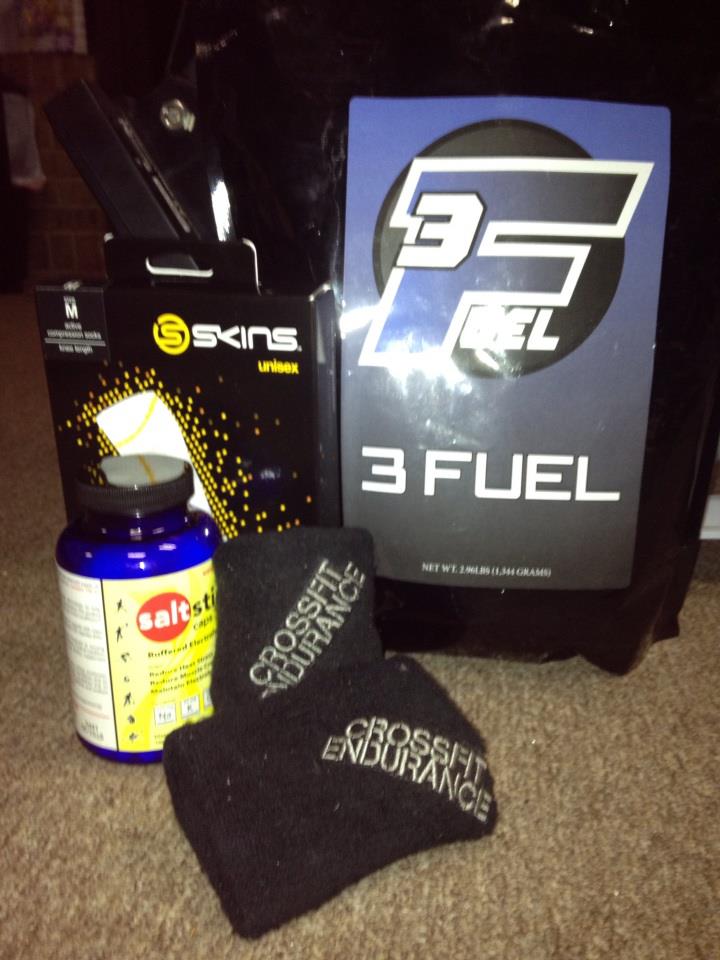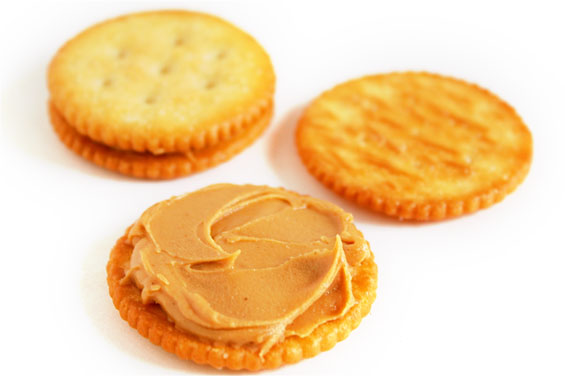
Hanging on despite weather for 14th female, 1st in AG.
I love hot weather; people think I’m weird that I’d prefer to be in 100 degrees rather than an allegedly comfortable 70 degrees. Even during Texas summers, I’ve been known to keep the air-conditioner set at 82-ish degrees and will sometimes sneak away like a lizard to go warm up in a sun-baked car. But, for the record, I do not like to run races in high heat – let me repeat, I DO NOT LIKE THAT, no sir-ee!
But why does Mother Nature like to mess with me? I ask for crisp, cool and dry race weather (is pleading for 50 degrees every time too pushy?) and I get quite the opposite. This year alone, I ran the Boston Marathon at 90 degrees with straight up sun and both the Rock and Roll San Antonio and the Dallas Marathon in unseasonably warm and extremely humid conditions.
If you’re a runner, you probably know what happens if you sweat a lot in a race, especially in a longer events like a marathons or ultras. You get dehydrated, experience debilitating muscle cramps, and some athletes are even subject to hyponatremia (low blood sodium) which presents with confusion, lethargy, vomiting and other serious complications. Just look in the mirror after a long, hot run; you can actually see the sodium crusted up on your face and clothing.
People have different amounts of sodium in their sweat, but the average runner loses about 1000 milligrams of sodium per liter (33 fluid ounces) of sweat. That being said, the majority of electrolyte replacement drinks only offer about a quarter to half of this amount per liter as a replacement. That means most people are sweating out more salt that they are taking back in. That’s why it’s a good idea to supplement with additional sodium and electrolytes above and beyond your drink, especially if you are a heavy sweater or the weather is especially extreme. An article in Runner’s World, “Know Thy Sweat Rate” takes you through all the steps to accurately figure out how much you perspire during exercise.
Experts suggest taking two to four salt-electrolyte capsules per hour during endurance events. At the Dallas Marathon, I used the Salt Stick brand and it worked well, but there are many other options. Look for products that contain sodium, calcium, magnesium and potassium. I rationed out my capsules by taking one every 30 minutes and washing it down with my bottle if I still had one in hand or a splash of water at the hydration stops.
In addition to slowing dehydration and cramping, research also shows that sodium helps move fluids out of the stomach to enhance digestion, a plus if you have digestive problems. To me the perk about taking in the salt stick was that I didn’t have to drink as much Gatorade on the course – too much sugary sports drink seems to give me GI distress. I did take in one bottle of Gatorade, but then my other bottle was filled with 3Fuel, a great product backed by CrossFit Endurance that fuels athletes with a proven micronutrient strategy of carbs, protein, and fat. By the way, if you’re interested in trying the 3Fuel, you can get 10-percent off your purchase with the code 3FHUNT .
Another interesting nutritional choice I made for the Dallas Marathon; instead of eating my traditional energy bar breakfast, I ate salty peanut butter crackers instead (again, more salt and less sugar). No cramping, no potty stops – I was a happy runner who made it to the finish line without bonking!


